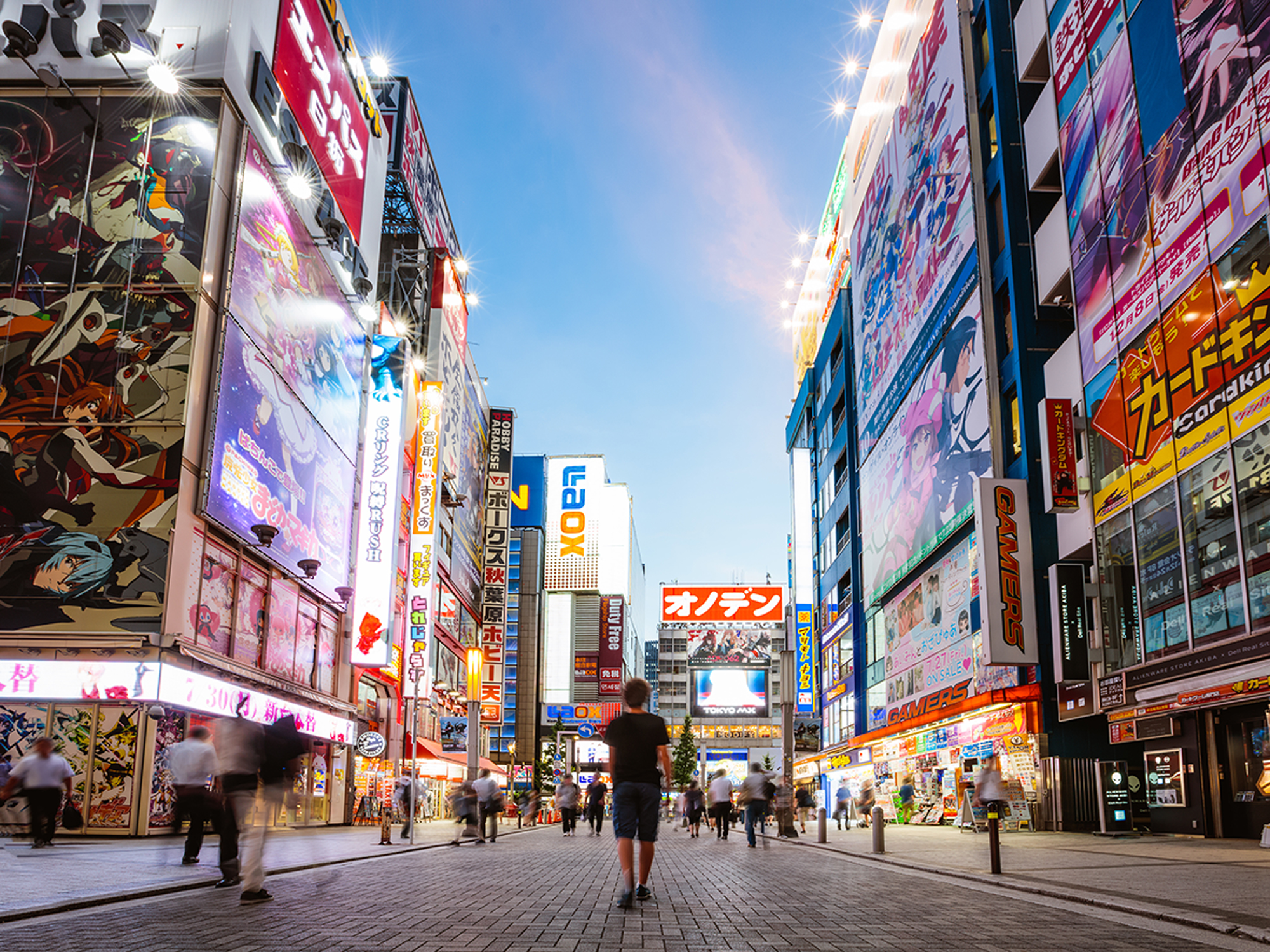
Discover the rural heart of Japan by trying Nohaku, an all-encompassing word that refers to the experience of staying in a farming, mountain, or fishing village and enjoying the local food, produce, and activities unique to that particular region. Immerse yourself in the deep culture and traditions of Japan’s most tranquil and nature-rich areas, and see a side of the country that most tourists miss.
Sample the Tastes and Traditions of Toyama Bay

Enjoy local and fresh delicacies such as red snow crab from Toyama Bay.
Facing the plentiful waters of Toyama Bay, the Shinminato district in Imizu City is one of Toyama Prefecture’s hidden gems. The area has a long-standing historical significance and was once an essential port of call for the kitamaebune (merchant cargo ships) in the Edo Period (1603–1867), which plied the Sea of Japan coast. Toyama Bay is also noted for its natural bounty and is sometimes nicknamed a ‘natural fish tank’ owing to its abundance of marine life, including firefly squid, Japanese glass shrimp, and red snow crab. It is perhaps no surprise then that the sushi here is considered world-class. To explore the bay and its marine life close up, hop on an Uchikawa and Toyama Bay sightseeing boat tour - the 3,000 meter-high Tateyama Mountain Range in the North, Japan Alps provide a stunning and dramatic backdrop to this fascinating region.
For overnight stays, why not spend a night at a local guesthouse, some of which include beautifully-renovated kominka (traditional houses) with Japanese-style gardens and comfortable but rustic fittings.
Satoyama Serenity: Finding Rejuvenation in the Mountains

Rice fields are the agricultural and scenic backbone of rural Japan.
Located in the rural northeastern corner of Nara Prefecture, Uda is a small city surrounded by forests and mountains. It was one of the first places in Japan to designate itself an ‘organic village,’ with many local businesses making the most of the natural environment and growing organic produce in an environmentally-friendly manner. Those seeking a fully immersive experience should try a farm stays or one of the other unique Nohaku accommodation options in the area. Some of these include renovated old residences offering vegetarian and vegan-friendly meals, yoga, and stretching sessions. In many cases, guests can get actively involved in the local farming culture and find out more about Uda’s sustainable practices, by picking herbs and harvesting the local ‘Yamato vegetables’ themselves.

Nohaku countryside stays allow you to discover regionally produced vegetables.
Uda is wonderful at any time of year, but spring is a particularly great season to visit - you can admire the cherry trees that blossom along the Uda River. The Matabei Zakura is an enormous and historical cherry tree famed for its elegant beauty, drawing in crowds from far and wide when in full bloom. It is also a region steeped in rich history – don’t miss Muroji Temple, dating back to the Nara Period (710-794).
Learn About the Ways of Water in Yamato Town

The spectacular Tsujunkyo Bridge is one of Japan’s largest stone-arch aqueducts.
The town of Yamato in Kumamoto Prefecture is a place where water has long played a vital role in agriculture and daily life for citizens. Now, the area is being revitalized with its designation as an SDG Future City, with sustainable initiatives based on organic farming.
Yamato is a fascinating place to visit; the Tsujunkyo Bridge is one of Japan’s largest stone-arch aqueduct, established in 1854 and a designated national treasure - at scheduled times throughout the year you can witness the amazing sight of the water cascading down from the center of the bridge as it is discharged. As well as that, enjoy strolling along pleasant paths to explore the town’s waterways, rice field terraces and admire the fantastic scenery.

Discover traditional forms of entertainment, such as Seiwa Bunraku puppet theater.
For a spot of traditional culture, try to catch a performance of Seiwa Bunraku, a unique puppet show performed by farmers with origins dating back to Edo times. Here, there is a rare chance to get hands-on with the puppets or try playing traditional Japanese instruments such as the shamisen, a guitar-like three-stringed traditional instrument.
For somewhere local to stay, there are options for every budget, from bed-and-breakfast style minshuku and family-size guesthouses which can be rented out, to traditional Japanese hot spring inns and fancy hotels.
Nohaku: Hands-on Experiences in Rural Japan
Farming and fishing are two important aspects of Japan’s economy. So why don’t you try to incorporate a little Nohaku into your next Japan trip and enjoy the unique foods, traditions, and experiences that form the heart of rural Japan? It’s a great way to explore Japan’s remoter regions while gaining a deeper understanding of the country.
-
About the author
Author: Tom Fay
Profile: Tom Fay is a British travel and outdoors writer who has been living in Japan since 2007 and is now based in rural Kyoto. He is the author of numerous guidebooks to Japan and has written articles on Japan’s outdoors for various publications.





















































